Introduction
Beginning any weight loss training program in the gym can feel daunting with so many workout programs and diets on the internet. Achieving sustainable weight loss necessitates a balanced integration of consistent physical activity, a systematic strategy, and appropriate dietary practices. The gym is an ideal setting to burn calories, gain lean muscle, and create the healthy habit for a lifetime.
This detailed guide will provide a comprehensive training program for weight loss in the gym, advise how to blend cardio and strength with functional movements, and develop strategies to achieve results. If you are new to the gym or looking for a program update, this article can be a framework to build your fitness journey around.
What Is A Weight Loss Training Program?
A weight loss training program provides a structured training regimen (exercise) designed to help you burn calories, lose fat, and improve fitness levels. A proper weight loss program is more effective than just exercising anyhow, because it involves:
Cardio (to help increase calorie burn and improve endurance
Sprains and Strains (to help maintain range of motion and avoid injury)
The goal of a weight loss training program is to not only lose weight but also instead lose fat and preserve muscle, which helps you maintain a lean and healthy body.
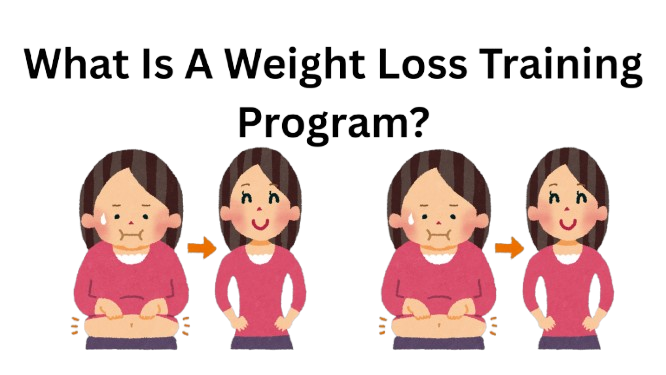
Why Go to the Gym for Weight Loss?
While exercising at home has its conveniences, the gym has many benefits:
Variety of equipment – From treadmills, rowing machines, dumbbells, and many resistance machines you can incorporate some fun variety into your workouts.
Environment – Going to the gym can keep you focused and on task.
Support – Many gyms have personal trainers or fitness professionals on staff that can help you get started.
Progressive overload – Gym equipment provides you with an opportunity to gradually increase your weights and resistance over time to keep burning those fats and improve your body composition week after week.
By following weights loss training program in a gym facility you will be able to burn fat effectively and see results quicker.
The Science of Weight Loss in the Gym
Now that we’ve established some effective workout routines, let’s understand how weight loss works:
Caloric deficit – You need to burn more calories than you consume, obviously.
Improved metabolism – Muscle tissue burns more calories than fat, and participating in strength training encourages muscle growth.
The afterburn effect – Your body will continue to burn calories hours after your workout when you do something like a HIIT ( High-Intensity Interval Training) workout.
The gym provides the equipment to utilize these principles on a consistent basis.
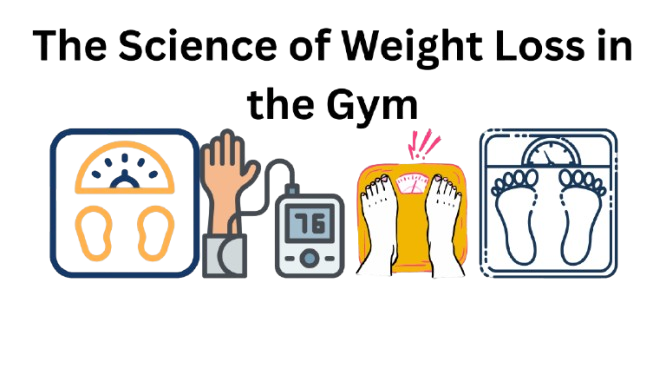
Elements of a Complete Weight Loss Exercise Program
1. Cardiovascular Training
Cardiovascular training is an important part of calorie burning and heart health. Good options include:
Treadmill Running – 20–30 minutes is sufficient, whether it is a steady pace or interval.
Rowing – Excellent full-body cardiovascular exercise uses many muscle groups.
Elliptical – A great option if you have issues with your joints because of low impact.
Try focusing on doing cardiovascular training 3–5 days a week including a mix of steady-state and interval training
2. Strength Training
Strength or weight training is essential for fat loss since you want to build lean muscle mass to help increase your metabolism. If you possess greater muscle mass, your metabolism will be elevated.Some of the key exercises for strength training are:
Squats – Great exercise for your legs and core.
Deadlifts – Develops strength in your back, legs, and glute muscles.
Bench press – Develops strength and size in your chest, shoulders, and triceps.
Pull-ups/Lat pulldown – Engages the back and arms.
Dumbbell row – Great for building posture and upper body strength.
Strength training needs to be done at least 3–4 times a week focusing on movements that include multiple muscle groups.
3. High-Intensity Interval Training (HIIT)
High-Intensity Interval Training (HIIT), as indicated by its name, alternates between phases of high intensity (i.e., effort) and phases of recovery. Examples include:
– Engage in 30 seconds of sprinting on a treadmill followed by 90 seconds of walking (repeat this cycle for 8 to 10 rounds).
Execute kettlebell swings for a duration of 20 seconds, followed by a rest period of 40 seconds.Perform this cycle for a period of 10 to 15 minutes.
High-Intensity Interval Training (HIIT) is an established method for accelerating fat loss more effectively than conventional cardiovascular exercises, and it boosts metabolism for several hours following the workout.
4. Core and Stability Training
Core strength is essential for weight loss and fitness. Include exercises such as:
– Planks (front and sides).
– Russian twists.
– Leg raises.
– Stability ball rollouts.
Strive to conduct 2-3 primary training sessions each week, either at the conclusion of workout sessions or independently.
5. Flexibility and Recovery
Stretching/mobility helps to reduce injury and increases recovery. Yoga, Pilates, and foam rolling are ideal for helping keep muscles flexible.
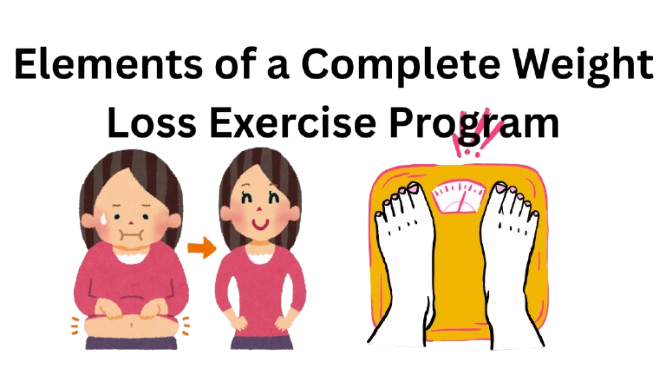
Example 4–Week Weight Loss Training Program for the Gym
Weeks 1–2: Laying the Groundwork
Day 1: Full-body strength-training workout + 20 min cardio.
Day 2: HIIT workout (or on treadmill, or bike).
Day 3: Rest or yoga (light).
Day 4: Upper-body strength + 15 min cardio.
Day 5: Lower-body strength + 15 min cardio.
Day 6: Engage in cardiovascular endurance activities for a duration of 45 minutes at a steady pace.
Day 7: Rest.
Weeks 3–4: Beginning Increase in Intensity
Day 1: Full-body strength + HIIT (15 min).
Day 2: Cardio (interval running or cycling).
Day 3: Core + stability training + light cardio.
Day 4: Upper-body heavy strength.
Day 5: Lower-body heavy strength + HIIT.
Day 6: Extended cardiovascular exercise (60 minutes at a consistent pace).
Day 7: Rest or light recovery (stretching).
Nutritional Guidelines for Weight Loss Training
Even the greatest workout program will only be effective if you are also eating properly. The main rules include:
Stay in a calorie deficit – The easiest way to monitor your food intake is using one of the many apps available such as, MyFitnessPal, LoseIt, etc.
Eat more protein – Things like lean meats, eggs, fish, beans and shakes help repair muscle.
Eat more whole foods – Avoid all processed sugars and refined carbohydrates as much as possible.
Drink more water – Ensuring you drink enough water benefits workouts & recovery.
Take time to eat – Eat a balanced meal or snack pre and post workout.
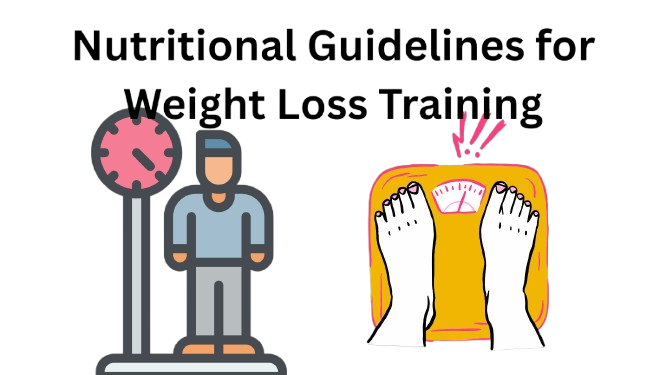
Mistakes to Avoid in the Gym Weight Loss Program
Relying only on cardio – Do not neglect strength training as it has significant benefits as well.
Taking rest days off – You must allow your muscles recovery time to grow and efficiently burn fat. Not tracking – You must keep track of your weight, take photos, and monitor your workouts. Making poor diet choices – If you don’t eat the right food, then it really will not matter how much you exercise. Overtraining –
Excessive physical activity may result in fatigue or injury.
Ways to Make the Most of Your Weight Loss Results
Try to mix cardio, strength, and HIIT for everyday results.
Track calories and macros for accountability.
Gradually increase intensity as the workouts become easier.
Use the gym community, or a partner to help motivate yourself.
Get excited about every milestone, no matter how small, to create consistency.
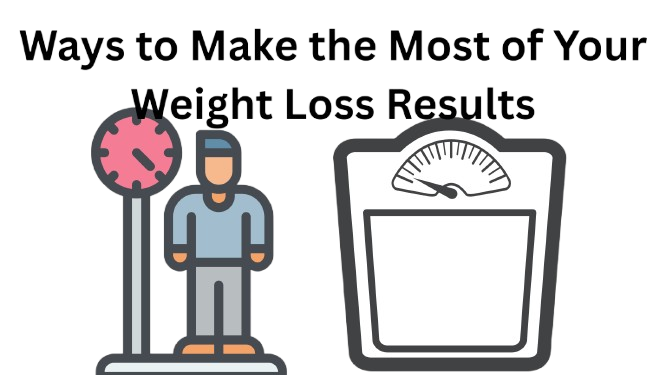
FAQs About a Weight Loss Training Program for the Gym
1. How many times should I go to the gym every week to lose weight?
Engage in physical activity at least 4 to 5 times weekly, incorporating both cardiovascular exercises and strength training.
2. How much weight can I lose doing a gym training program?
Safe, sustainable weight loss is in the range of 0.5-1 kg per week, based on your diet and consistency.
3. Should I lift heavy or light weights to lose weight?
Both are effective. Lifting heavier weights promotes greater muscle growth, while using lighter weights allows for a higher calorie burn through increased repetitions.
4. Can I do this program as a beginner?
Yes, just start with lighter weights and progress the intensity as you become more comfortable.
5. Do I need to take supplements?
Supplements are not essential, but protein shakes, creatine, and multi-vitamins may aid activity performance.
Conclusion
A weight loss training program at the gym is among the best ways to lose fat, gain muscle and strength, and become fitter and healthier overall. When you combine cardio, strength training, HIIT, and proper nutrition, you are on track to long-term sustainable results. Consistency is really the key here; Small actions daily lead to big results.
If you are ready to commit, take your gym bag, follow this plan and watch your body and confidence transform.


